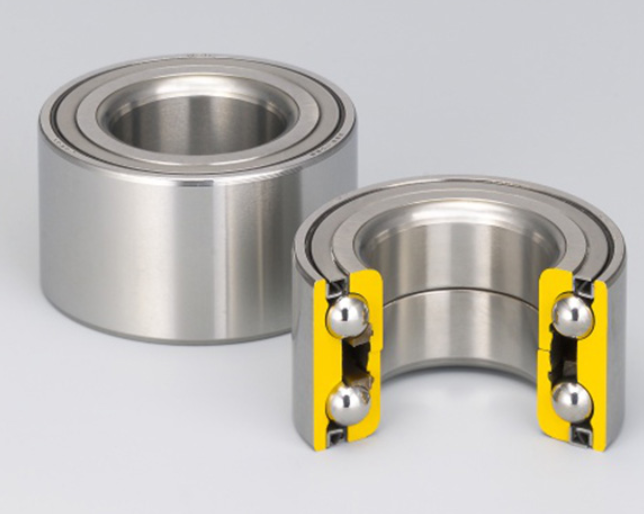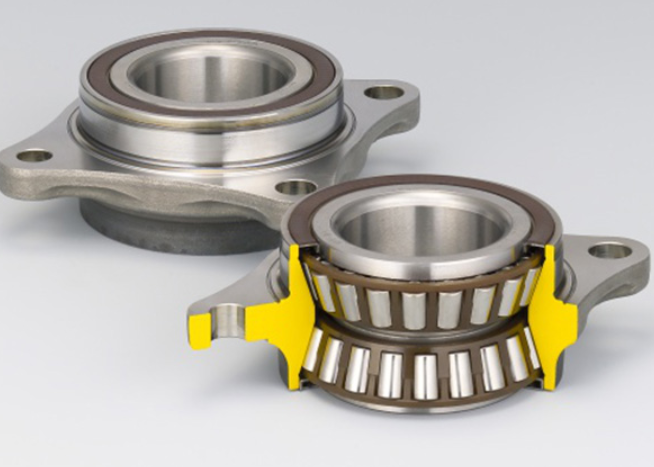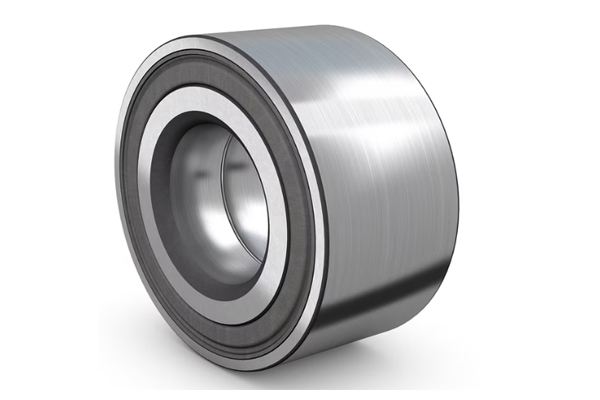Newsroom
What are the causes of damage to the hub bearing?
2025-03-28Common causes of damage to the hub bearings of automobiles include the following:
1.Long-term Wear
Over prolonged use, hub bearings experience normal friction, leading to wear of the raceway and rolling elements. This can eventually cause excessive clearance, abnormal noise, or failure.
2.Poor Lubrication
I.Insufficient or low-quality grease increases internal friction, accelerating wear and raising the temperature.
II.Contaminated grease (e.g., mixed with dust or moisture) reduces lubrication effectiveness and speeds up bearing damage.

3.Seal Damage
If the hub bearing seal is damaged, dust, moisture, and debris can enter the bearing, causing lubrication failure and accelerated wear.
4.Improper Installation
I.Excessive impact, uneven force, or misalignment during installation may deform the raceway or rolling elements, or result in excessive preload, reducing the bearing's lifespan.
II.Incorrect bearing orientation or improper model selection can also affect its longevity.
5.External Impact
When driving at high speeds, hitting potholes, speed bumps, or experiencing collisions can cause severe impact damage to the hub bearings.

6.Wheel Imbalance or Suspension Issues
Poor wheel balancing, damaged suspension, or misalignment (e.g., incorrect camber or toe angles) can lead to excessive load on the bearings, accelerating wear.
7.How to Prevent HUB Bearing Damage?
I.Regularly inspect the hub bearing condition for abnormal noises, overheating, or looseness.
II.Use high-quality grease and follow the recommended schedule for lubrication maintenance.
III.Avoid overloading and excessive impact; be mindful of road conditions.
If you notice abnormal noise, wheel wobbling, or steering instability, it's recommended to check and replace the hub bearing promptly to prevent more severe issues.

For more information, feel free to contact QIBR


